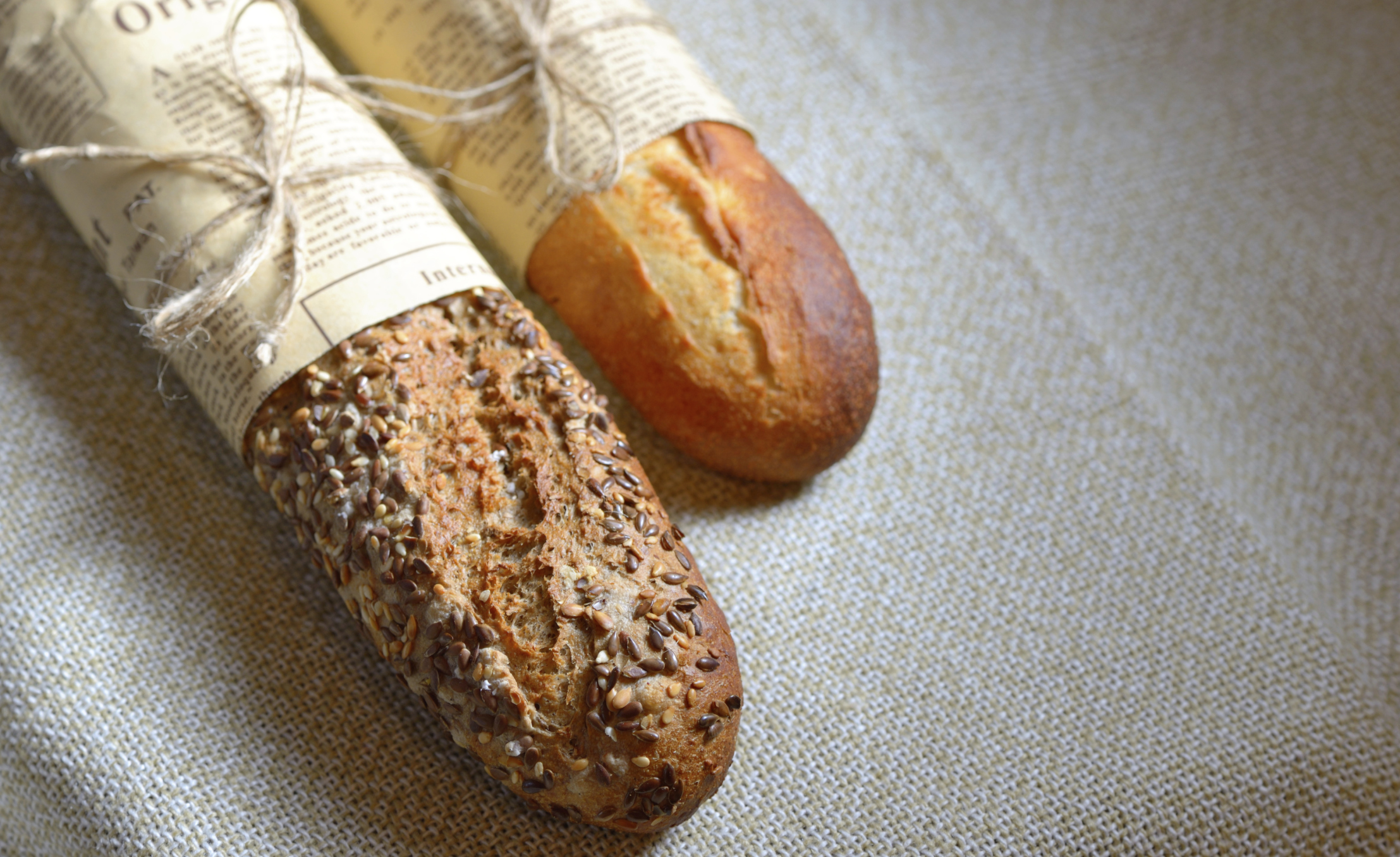Five French Food Facts Even Baguette-Eating Americans Don't Know
French food is mainstream enough in the US that it’s easy to, at least briefly, feel like you understand it. You might pick up a croissant at Starbucks or watch Julie & Julia and think, “It’s basically this, right?”
But in fact, the world of French food is nuanced and evolving, and not all of it has crossed over to the States as completely as the croissant. We talked with two experts about some of its lesser-known wrinkles: Alessandra Mac Carthy, who runs New York’s Mon Petit Café with her mother; and David Lebovitz, pastry chef and author of My Paris Kitchen, a top cookbook of 2014 according to Amazon, the Los Angeles Times, and more.
Below, some of their favorite French food facts.
Baguettes and other breads truly are everywhere in France. Even in Chinese restaurants.
“Even though Paris has a worldwide reputation for bread, it wasn’t until I lived there that I realized how important it was to live close to a baker … and have bread on hand,” David said.
This realization came to him while he was eating at a Chinese restaurant in France. A French customer was eating a dish with rice, “and he asked the waitress for some bread. ... It was kind of funny to watch this guy using baguette to scoop up the rice.”
If you’re hoping to emulate the French by stocking up on baguettes, you’ll need something bigger than a bread box. Alessandra noted that the traditional baguette is a meter long—which is strange, considering the bread’s name. “Bague means ring, [but] une baguette means ‘a little stick,'” Alessandra said. So … how big is a big stick?
French cuisine embraces meats that Americans might find unusual, like offal. Or horse.
“French people are used to eating any animal,” Alessandra said. “They have respect for animals [in the sense that] if you kill an animal, you should eat the whole thing.” The idea that killing animals is wrong because they’re sort of like humans, though, hasn’t taken hold there so much.
That might be why, when the scandal about the horsemeat in IKEA’s meatballs broke, French people actually flocked to France’s horse butcher shops.
French cooking isn’t always precise. In fact, a lot of French food is cooked au pif.
There’s no perfect translation for this phrase, David said, but it roughly means “by the nose,” or “to taste.” It’s how a lot of French people cook. “When you say, ‘Well, how much salt should I use? And how much flour?’ They say, ‘Just do it au pif.’”
In France, it’s better to be a regular at one café than to try them all.
Culturally, there’s a big emphasis on being a regular in France. “There’s a concept called ‘ma cantine.’ Literally, ‘my canteen.’ It’s the place in your neighborhood where you always go to get a bite, and they know you,” David said.
It can take a while to build up that sort of friendly relationship with the staff at a shop or a café, but according to David, it’s worth it to put forth the effort. “I tell people, even if they’re visiting [Paris] for a week, go to the same fromagerie in the neighborhood. Go every day, tell them what you liked, what you didn’t like. Go to the same bakery, don’t go to all these different ones. Because the second time they’ll recognize you, and the third they’ll start being much more familial.”
In early January in France, a cake might make you a king.
“Galette des rois,” which translates to “king cake,” is a traditional Epiphany dessert in France. (Epiphany is a Christian feast day, typically celebrated January 6, although its signature cake hits bakeries as early as late December.) The cake is "more like bread or almond cake,” Alessandra said. Inside it, there’s one dry, uncooked lima bean—the classic precursor to the tiny plastic babies that many New Orleans bakeries hide in their king cakes around Mardi Gras.
If you find the bean in your slice, then you get crowned king. No legal privileges come with the title, but you do get to wear a crown all day! “It’s a very big deal for kids,” Alessandra said. And if you’re trying it for the first time, don’t worry about swallowing the bean heedlessly. “It’s big enough that you’d notice [it].”





